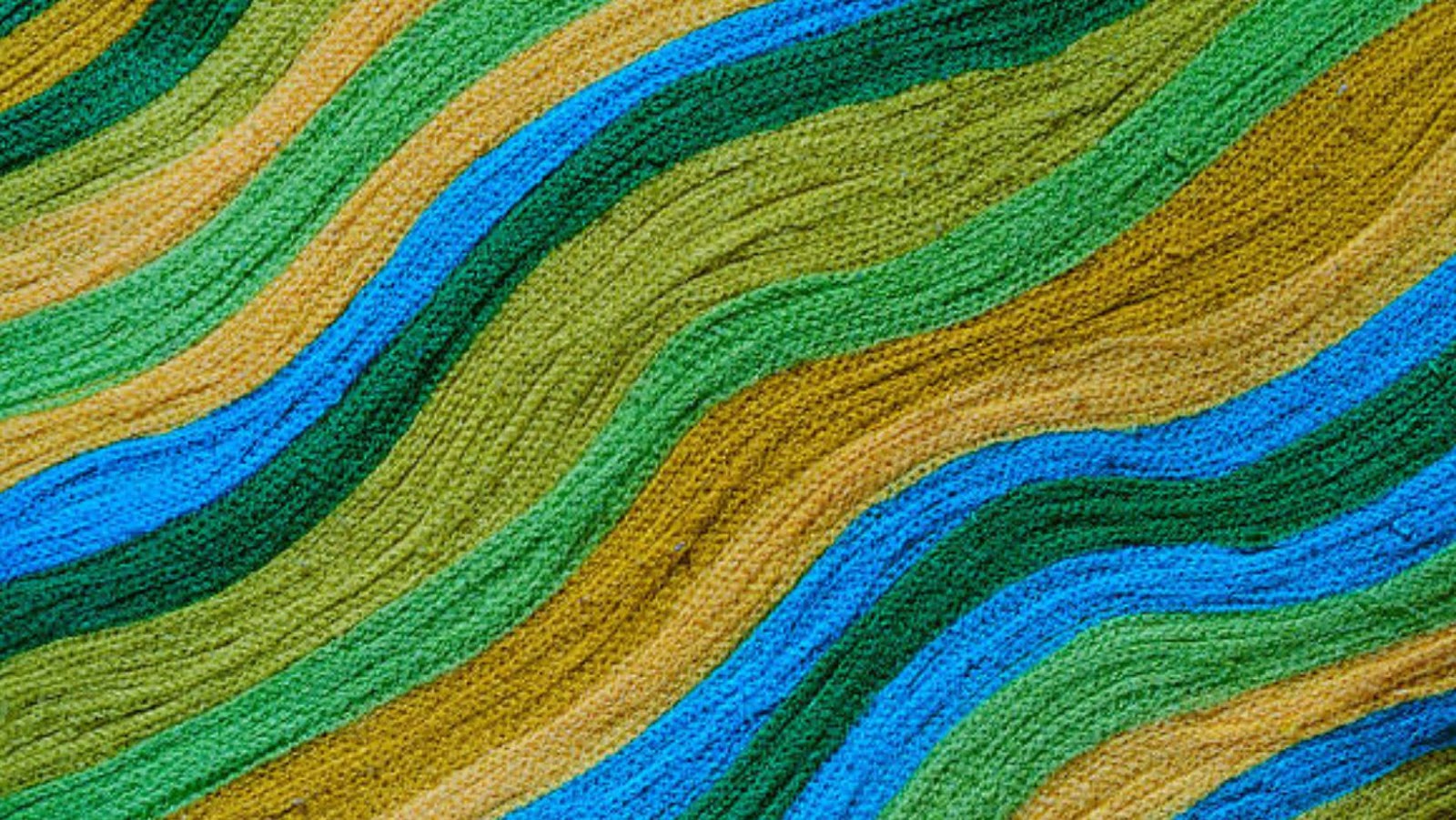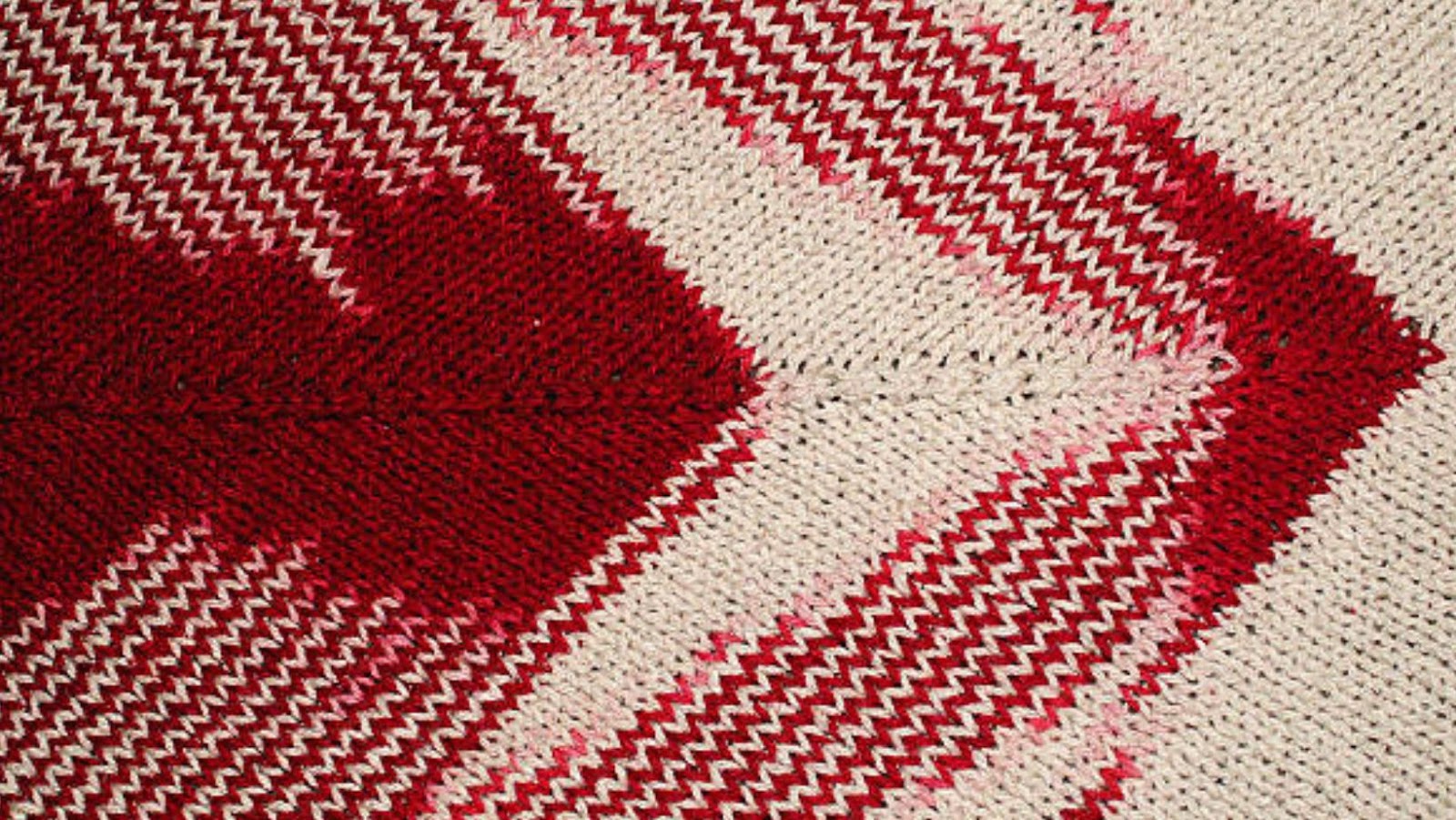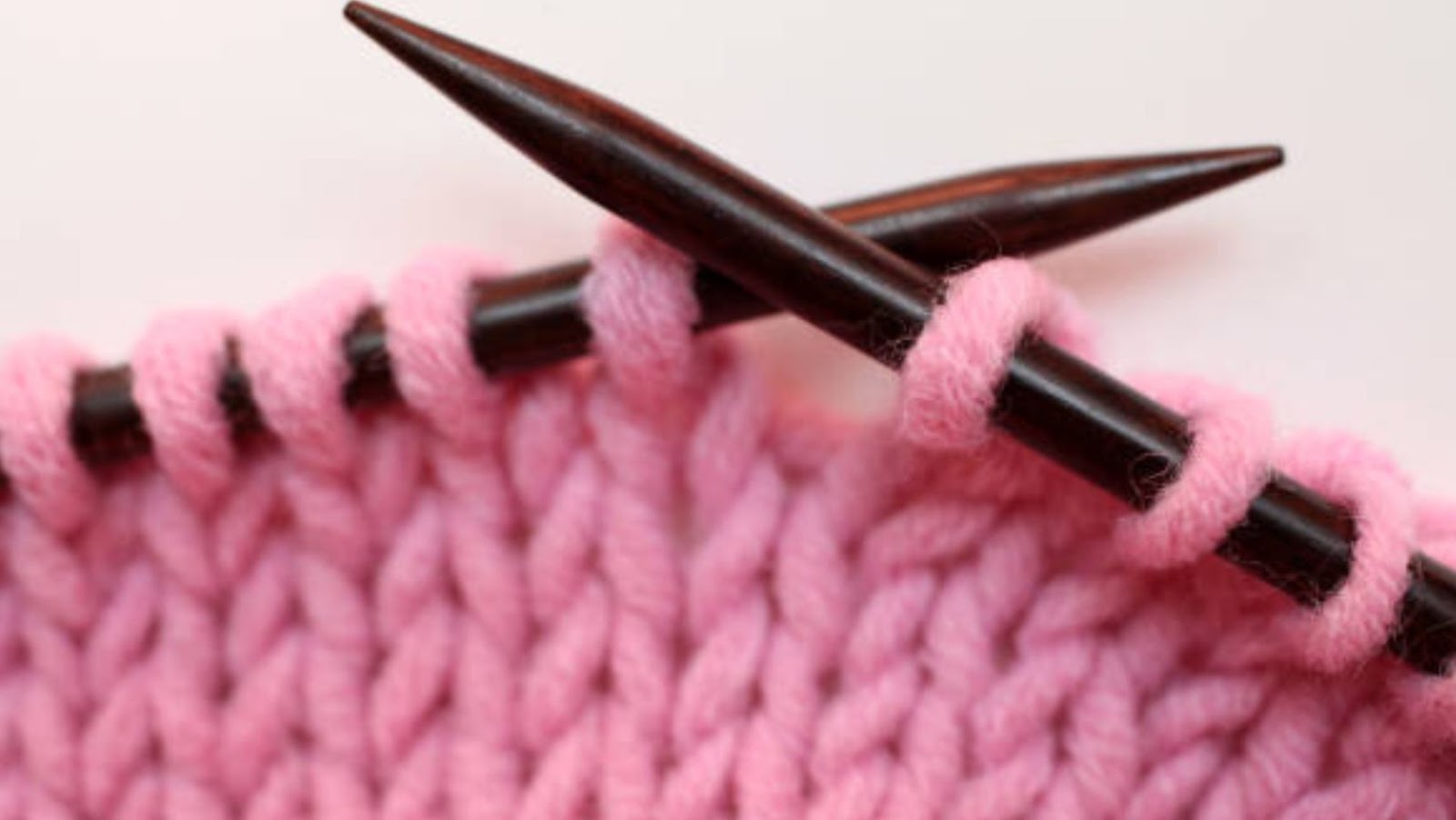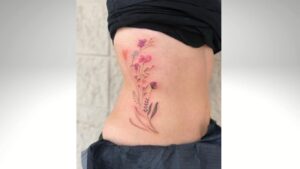Do you often find yourself frustrated with the stockinette stitch in your knitting projects because of how much it rolls up at the edges? This can be a common problem that many knitters face, and can make finishing your work much more difficult than it needs to be. Fortunately, there are some simple techniques that you can use to keep your stockinette stitch from rolling, helping you to achieve the clean and polished look you desire for your finished projects.
One of the most effective ways to avoid rolling edges in your stockinette stitch is to block your knitting as you go. This involves periodically steaming or wetting your work, then pinning it in place to dry in the desired shape. Ensuring that the edges are properly pinned down will help to set them in place, and prevent them from curling up as the rest of your work takes shape.
Another technique that can be useful in avoiding rolling edges is to add a border to your stockinette stitch. This can be done by stitching a few rows in a contrasting stitch pattern, such as garter stitch, ribbing, or seed stitch, along the edges of your work to help anchor them in place. This will not only help to keep the edges from rolling up, but can add a decorative touch to your work as well.
Table of Contents
ToggleHow to Keep Stockinette Stitch from Rolling
If you have ever knitted a piece using stockinette stitch, you might have noticed that the edges tend to curl up, causing frustration and disappointment. However, there are some tricks that can help you avoid this issue. In this section, I will share some tips on how to keep stockinette stitch from rolling.
Blocking
Blocking is one of the easiest and most effective methods to prevent stockinette stitch from rolling. When you block your finished knitting project, you reshape it while damp, and then let it dry in the desired shape. To do this, pin the edges of the project to the measurements you want, and then spray it with water or soak it in water for a few minutes until it’s damp. Once done, let it dry completely without removing the pins. This way the fabric will hold its new shape.
Changing the Edge Stitch
Another trick to prevent rolling is to change the edge stitch. Instead of the standard garter or stockinette stitch, you can try a seed stitch edge. The seed stitch edge breaks up the stockinette stitch pattern and makes the edges more rigid, preventing the curl.

Double Knitting
Double knitting is a method that creates a reversible fabric, with the same pattern on both sides. To use this method, you will need to knit two layers at once, instead of one. Double knitting can help to tame the curling edges that stockinette stitch tends to have.
Tension
Tension plays a crucial role in preventing stockinette stitch from rolling. If your stitches are too loose or too tight, the edges are more likely to curl. Make sure you are maintaining a consistent tension throughout your knitting project.
By trying out these tips, you can keep your stockinette stitch from rolling and achieve a polished look for your next knitting project.

Blocking Your Stockinette Stitch
Blocking your stockinette stitch is a crucial step in controlling its tendency to roll. This process refers to the method of dampening the fabric, stretching it to the desired shape, and then allowing it to dry flat. In this section, I’ll explain the steps you need to follow to successfully block your stockinette stitch.
- First, soak your knitting project in lukewarm water for about 20 minutes. This allows the fibers to relax and straighten out. Use wool wash or mild shampoo instead of regular detergent to prevent damage to the fibers.
- Gently squeeze out the excess water without wringing, twisting, or stretching your project too much. Then, lay it out flat on a clean towel, rolling up the towel and pressing down to absorb most of the moisture.
- Next, lay the knitting on a flat surface, such as a foam blocking mat or towels. Pin the edges of the knitting and stretch out the fabric, using pins to hold it in place.
- Check your knitting periodically until it’s completely dry. It’s crucial to ensure it’s completely dry before removing the pins, as any residual moisture could revert the fabric to its original shape causing it to roll up again.
Blocking your stockinette stitch will give it a smoother and more professional look as well as prevent it from curling. A quality knit is all about precision and blocking should be included in your knitting routine to achieve the best results.
Other methods, such as using rib or garter stitch edging or knitting in the round can help prevent curling. However, these methods only reduce the probability of curling. If you’re selective about the drape, weight, and finish of your knit project, blocking is the way to go.
In conclusion, blocking your stockinette stitch offers a practical solution to prevent it from rolling. By following the above steps, you can easily control the curling of your fabric to a level that you prefer. It’s worth taking the time to block your knitting as it can ultimately transform a basic knit into an impressive work of art.
As we know, Stockinette stitch is a popular stitch used in knitting that has a tendency to curl on the edges. This can be an issue when you’re trying to create flat pieces such as blankets or scarves. Here are some alternatives to Stockinette stitch that won’t curl:
- Garter stitch: The garter stitch is a simple knit stitch that creates a bumpy texture on both sides. Since it’s a reversible stitch, it won’t curl, making it a perfect alternative to Stockinette stitch.
- Seed stitch: Seed stitch involves alternating knit and purl stitches in a pattern, creating a textured, grainy surface. This stitch doesn’t curl and provides a beautiful, unique texture.
- Rib stitch: Rib stitch is created by alternating knit and purl stitches in a pattern, creating a ribbed effect. This stitch doesn’t curl and is often used for cuffs and collars on garments.
- Linen stitch: The linen stitch involves slipping stitches and creating a woven texture that looks like linen fabric. This stitch doesn’t curl and can be used to create scarves, blankets, and even garments.
Overall, these are some alternatives to the Stockinette stitch that can put an end to the frustrating curling on the edges. With some experimenting, you can find a stitch that suits your project and keeps your fabric from rolling.





